Udaipur and the Maharanas
![]() Derived from the from the words rana (“warrior”) and raja (“ruler”), Maharana is the title granted to the proudest and bravest of the Rajputs, the Mewars.
Derived from the from the words rana (“warrior”) and raja (“ruler”), Maharana is the title granted to the proudest and bravest of the Rajputs, the Mewars.
The Mewars’ have long made their ancestral home in Udaipur, “the city of lakes,” in Rajasthan, in India’s west. Because of Udaipur’s strategic position beyond the Aravalli Range, the Mewars were the only Rajputs to resist compromise with the invading Mughals, unlike the maharajas of Jaipur and Jodhpur. Their title, Maharana, denotes not they are rulers of the kingdom, but custodians of Sri Eklingji (Lord Siva).

Maharana Fateh Singh
Defiance has long been a tradition among the Rajputs. Maharana Fateh Singh of Mewar (1853-1934), the ruler of Udaipur, could not accept his position as head of the Indian fighting class and yet be subservient to a foreign power—thus, he went after the occupying British at any opportunity.
He had a particularly low opinion of the honours and dignities handed out to local princes by the British. During the First World War, he was one of the few leaders who failed to wholeheartedly support the British war effort, saying, “When there is a fight in India, Europeans don’t come here to die, so why should we send our Indians to die when Europeans fight?”
See for Yourself
On B&R’s Rajasthan Walking trip, experience the hustle of India’s vibrant capital city, Delhi, before heading out to the rural lands of Rajasthan, where the city gives way to vast unrelenting deserts and abnormally green lush landscapes.
DETAILED ITINERARYApparently, this statement didn’t reach some of the bureaucrats in England, because at the close of hostilities, the maharana was awarded the highest decoration for his war service. Singh is reputed to have told his interpreter, “It is the sort of thing that pattawalas (attendants) in offices wear. Put it on a horse where it would look better than on a king.” His interpreter apparently told officials that this was not an auspicious day, so His Highness would wear his medal some other time. When asked why he had received the honour at all, the maharana later said, “Because I rendered the British the highest service. While the British were away fighting the war in Europe, I did not take Delhi. Isn’t that a big enough service?”
City Palace of Udaipur
Built by the Maharana Udai Singh as the capital of the Sisodia Rajput clan in 1559, the City Palace of Udaipur (pictured above) is believed to be the largest in Rajasthan. The current maharana, Arvind Singh Mewar, affectionately known as“Sriji,” still owns the City Palace, including its two hotels, Shiv Nivas and Fateh Prakash, as well as the Jag Mandir and Jag Niwas (known as the Lake Palace), and practically all the land surrounding Lake Pichola.
Leave a Reply
MORE FROM Asia-Pacific + India

Biking in Cambodia with B&R Expert Guide Fin
Cambodia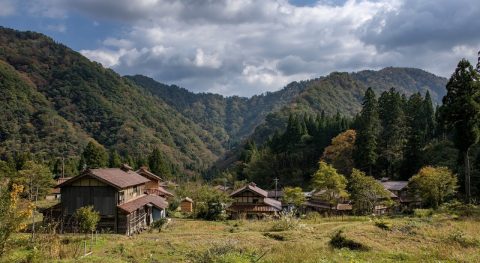
The Slow Fund: Rice Production with Ozuchi Village
Japan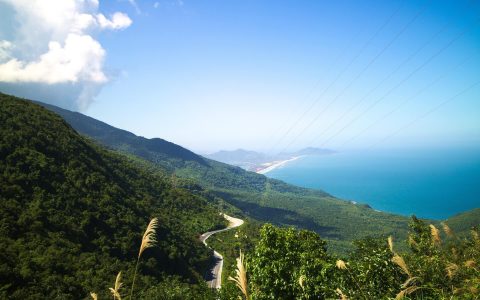
Take a Virtual Ride on the Hai Van Pass in Vietnam
Vietnam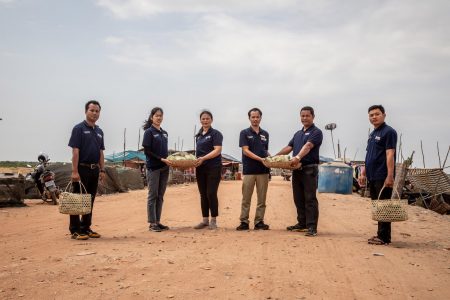
How Three Cambodian Hotels Are Joining Forces to Feed Their Communities
Cambodia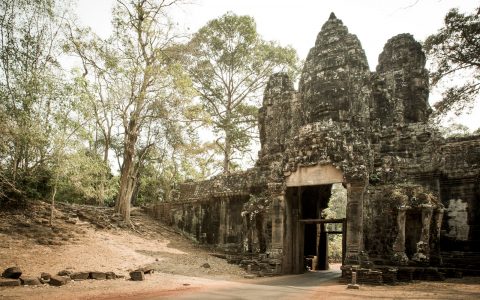
Meet Fin—B&R’s Expert Guide in Cambodia
Cambodia
An Insider’s Eye on Vietnam: What to See and What to Skip, According to our Vietnam Expert
Vietnam
Photo Essay: Exulting in Mongolia’s Eternal Blue Sky
Mongolia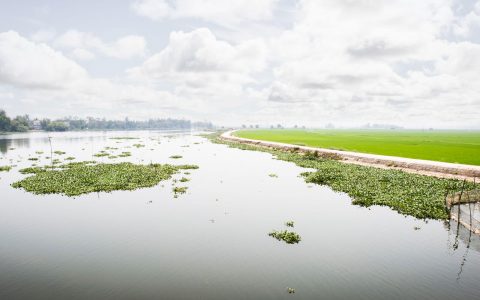
The Best Times of Year to Travel to Asia
Vietnam
Chris Litt: On Mongolia and the Desire to Disconnect
Mongolia
Top 6 Multi-Day Walks in Australia
Australia
The 8 Best Restaurants in Auckland
New Zealand
The 5 Best Restaurants in Wellington
New Zealand
8 Reasons Why You Need to Take an Australian Adventure
Australia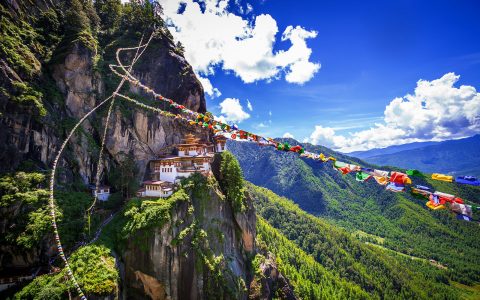
Cultural Quirks About Bhutan That Will Blow Your Mind
Bhutan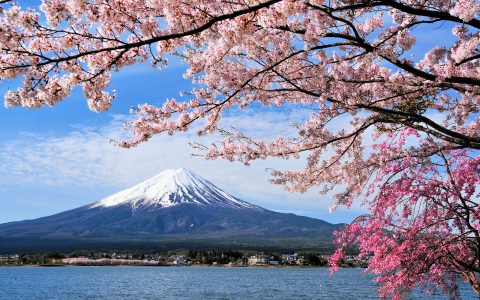
5 Things to Know Before You Go to Japan
Japan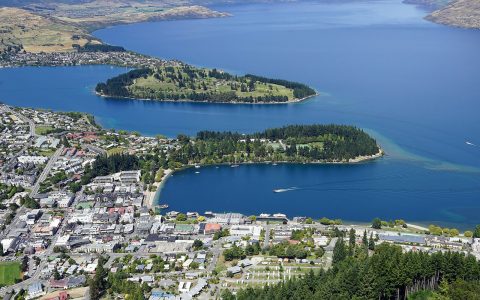
8 Favourite Restaurants to Eat in Queenstown
New Zealand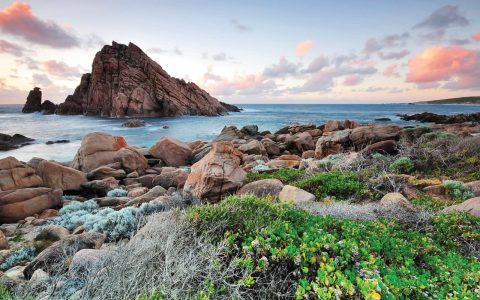
10 Must-Try Australian Wines
Australia
Where to Eat in Hong Kong: 7 Best Restaurants
China
A Kiwi’s Guide to Enjoying New Zealand
New Zealand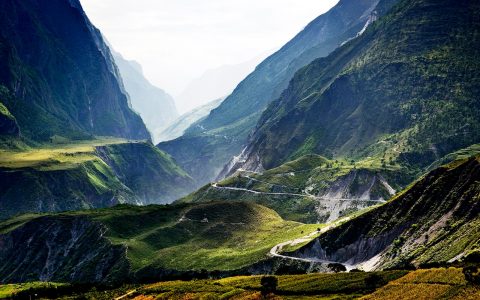



Thanks for making this Soo Much Easier to Understand. I genuinely need to learn This post. This Post helped me a lot.